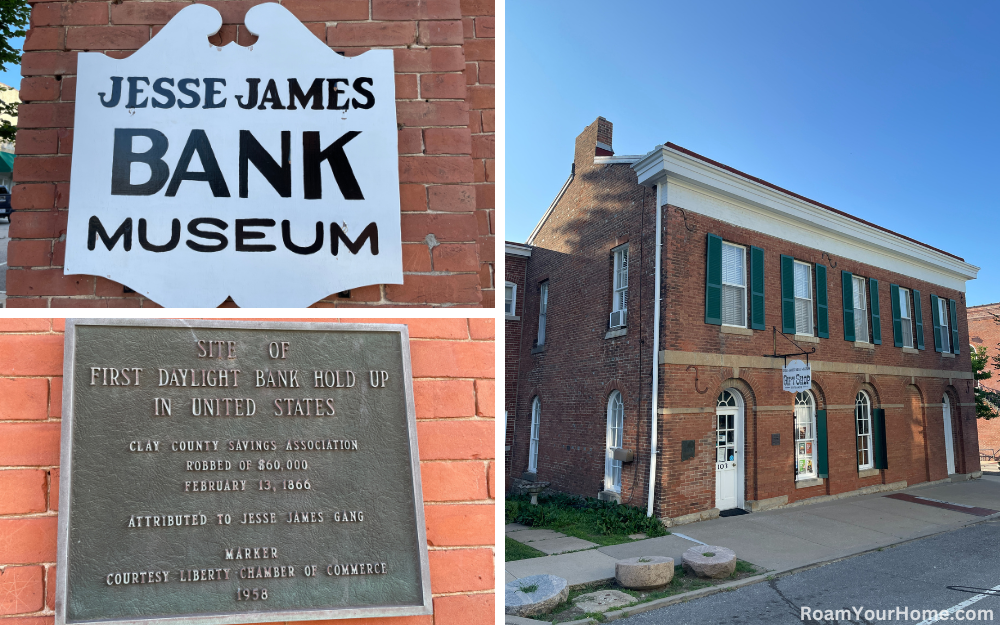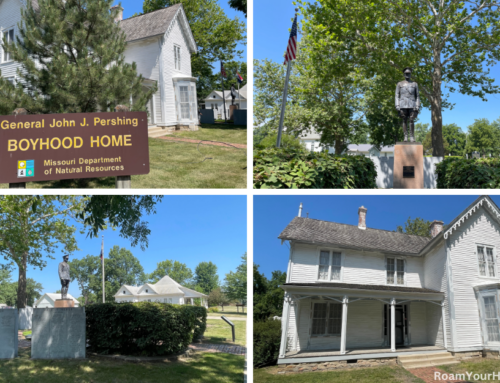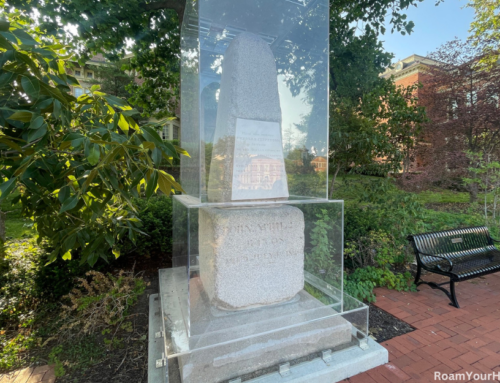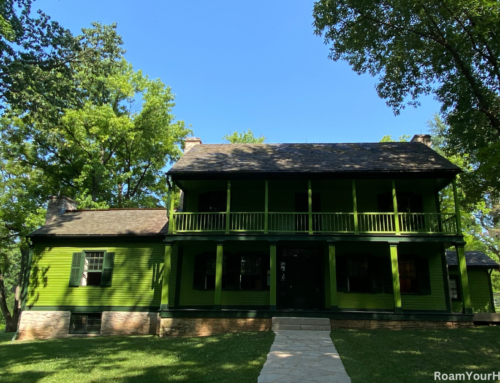
Jesse James Bank Museum: Site of the outlaws first robbery
The Jesse James Banks Museum is located in Liberty, Missouri, just northeast of Kansas City. It’s the site of the first daylight bank robbery in the United States. Its history is a true story straight out of the Wild West and the beginning of a period some historians have dubbed the “reign of robbers.”
On a cold afternoon on February 13, 1866, roughly a dozen men rode into Liberty. Wearing faded Union blue overcoats, the riders gathered outside the Glay County Savings Association building. This did not attract much interest then, as the Civil War had ended less than one year ago, and the site of Union blues was not uncommon. What was not known at the time was that these men were ex-Confederate bushwhackers or guerrilla warfare fighters.
Jesse James Banks Museum: The first daylight bank robbery
Two riders dismounted and entered the bank, staffed by head cashier Greenup Bird and his son William Bird. One of the men asked for change for a ten. When the teller began to break the bill, the bandit drew his revolver, pointed it at his head, and demanded money. One of the robbers gave the teller a feed sack and ordered him to fill it up quickly.
Once they had everything, they put the two men in the vault and left the bank. They left and joined the others outside. When the robbers left the bank, they did not lock the vault, so the elder Bird and his son were able to push it open, which they did. Then they ran to an open window and began yelling, “ROBBERY, ROBBERY!”
This caused the robbers to start firing their pistols into the air, which was a common scare tactic of Confederate guerrillas. There are several accounts of what happened next, but the end result remains the same. 19-year-old George Wymore was shot dead in the commotion. Reports at the time say the killing was a deliberate murder.
Rode away with $60,000
The robbery lasted about 15 minutes, and the men made off with about 60,000 dollars, which is more than 1.2 million dollars today. After the riders rode off, heavy snow started to fall and cover their tracks.
George Wymore’s family is said to have received a letter a few weeks after the robbery apologizing for his death, stating no one was supposed to be harmed. Jesse James signed it.
It stands to reason that the letter is authentic, as Jesse James was not famous then, and it’s unlikely that someone would forge his signature. This makes it easy to assume that Jesse James at least had a hand in planning the robbery and fit a similar pattern of confirmed later robberies. But whether he was there is debated to this day.
Was Jesse James present during the robbery?
There are two schools of thought. The first is that he was too ill at the time. When the robbery took place, James was still recovering from a chest wound and would not have been able to ride. The second was collaborated on by witnesses of the robbery. One of the riders appeared very ill and was having trouble staying on his horse. Some believe this rider was Jesse James, and he refused to miss the robbery he helped plan. It’s also probable that Frank James participated.
The exact identities of the robbers will never be known with certainty. No one has ever been caught or prosecuted for the robbery.
Today, you can visit the bank where the robbery took place. It’s furnished with period pieces. You can see the original vault and imagine how the tellers felt. Many historical documents and photos are on display. A rare Seth Thomas clock permanently displays the exact time of the robbery on February 13, 1866.
Other Jesse James Sites to Visit
This area of Missouri is filled with Jesse James history. James is buried a short drive away at the Mount Olivet Cemetery in Kearney, Missouri. The Jesse James Birthplace is a park just northeast of Kearney. The house where Robert Ford shot Jesse James dead is also a short drive away in St. Joseph, Missouri, and is worth a visit.




